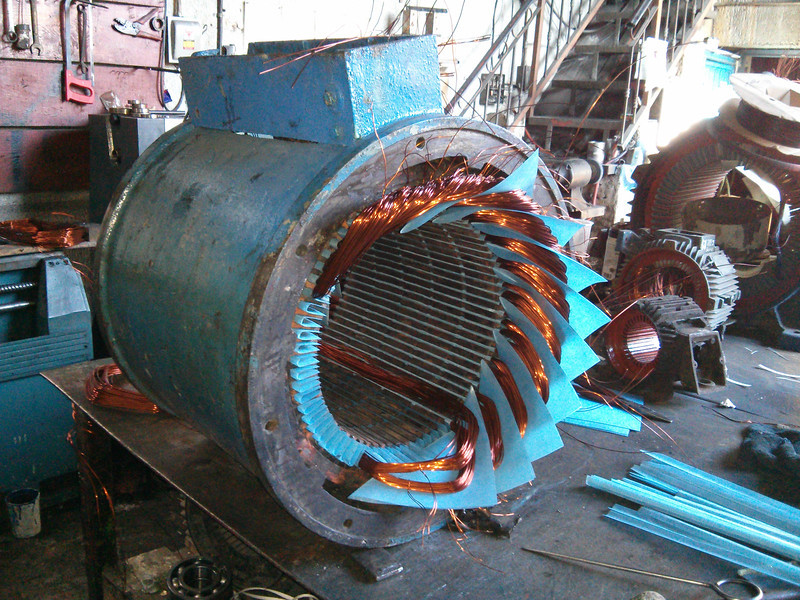When Should I Rewind the Electric Motor?
When the performance of an electric motor begins to deteriorate, a difficult decision must be made: replace the motor entirely or extend the life of the motor with “rewind” techniques.
Choosing to rewind or replace your motor can be a difficult decision. Although the replacement cost is much higher, the additional investment may be worth it. On the other hand, if your engine is only a few years old, then a rewind could help improve its performance and save money.
Do you need to rewind your engine?
Deciding if the machine could benefit from a rewind can be difficult, but careful evaluation by a service professional can help identify if the motor shows signs of wear, deterioration or inefficiency, all factors that may make a rewind necessary. . Some warning signs are:
signs of deterioration
General signs of deterioration such as burns, broken parts, and contamination (such as moisture or rust) may indicate that the motor would benefit from a rewind. Although many electric motors can last a long time, they are vulnerable to eventual wear.
Rewinding the motor is an attractive option if you don’t have the finance or resources to buy a new one. This is because rewinding can cost as little as 40% of a new motor purchase. Rewinding is also attractive for large electric motors, which can be very expensive to replace. If the operator notices during an inspection that the laminations inside the machine are not damaged, they may also suggest that you rewind the motor.
low winding resistance
A professional will often measure winding resistance if an electric motor is not running at its maximum. This winding resistance test can determine if shorted motor windings are causing a problem. The optimum level of winding resistance is indicated on the nameplate of the electric motor or in the documentation provided by the manufacturer. If the numbers do not match the measurements taken by a professional, this indicates that rewinding may be necessary.
Although it is possible to replace a motor with winding resistance problems, rewinding is a more cost-effective and environmentally friendly option because it recycles the motor’s core materials. The environmental impact of rewinding is minimal compared to the carbon costs of creating a new motor.
Insulation resistance problems
Most winding failures cause problems in an electric motor due to problems with insulation resistance. Many of the components in an electric motor are affected by heat, and low insulation resistance can lead to low lubrication, damaged components, and other problems.
Low insulation resistance is a problem that occurs naturally over the course of a motor’s life and is triggered by contamination, vibration, and surges. Rewinding an electric motor can improve insulation resistance and can improve the efficiency of your motor at the same time.
Hiring a professional to rewind electric motors can produce incredible results. The use of new techniques together with high standard resins and insulating tapes can help improve the efficiency of the electric motor. The key to successful rewinding is making sure you select a rewinding team with the proper techniques and skills.
How to decide when to rewind a motor
Only the person in charge can decide whether to rewind your motor or replace it completely. While most malfunctioning motors can benefit from the rewind process, some motors may be so damaged or past their performance life cycle that replacement is the only realistic option. If there are signs of deterioration, problems with insulation resistance, or evidence of winding resistance, some questions to consider are:
Need to keep costs down?
Is efficiency important?
Do you want to protect the environment?
If the answer to those questions is “yes”, then rewind could be the answer.

